My dog sports obsession began in the conformation ring, wearing fancy clothes and trotting immaculately groomed dogs in left-handed circles.
Somehow, nearly twenty years later, I’m knee-deep in mud, sprinting through slippery creeks, and throwing myself over obstacles for three to four miles with my twenty-pound sidekick leading the way—and looking positively effortless and adorable the entire time.
Wrong turn?
Not in my mind.
Run, Luigi, run!
To fully appreciate the serendipity of this journey, we have to go back to my childhood. As a kid, I’d spend hours pretending our family cocker spaniel—who also loved to pull like a freight train—was a sled dog. With the lightest tap on her back with the leash, I could send her into a full-on run, tugging me down the dipping trail between the pines beside our house. We both loved that feeling of freedom, and I still remember it vividly.
Several dogs and many dog sports later, Luigi entered my life. Right away he had a natural love for running and a short attention span, so I knew formalized sports like agility and obedience would not be the right fit. It was then I discovered canicross—dog-powered cross-country running in which the dog is attached to the handler by a specialized harness, bungee line, and waist belt. From our very first mile to the countless ones that followed, that feeling was back—and we can’t get enough.
Canine obstacle course racing
Perhaps the most extreme sport in existence for both dog and handler, canine obstacle course (OCR) racing seems to have evolved from human OCR. Initially a one-off, niche event for military and working dog handlers, it is evolving in the U.S. and abroad as a fun—if not mildly crazy—adventure race for civilian handlers and dogs of all breeds and sizes.
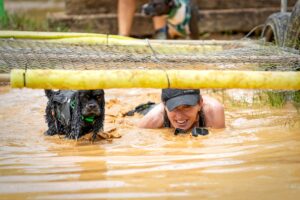
ourses are generally a combination of natural and manmade obstacles over a 5k+ distance, which handlers can choose to run canicross-style or simply walk. Common challenges include water crossings, slides, mud crawls, tunnels or culvert pipes, steep inclines and declines, unstable or narrow crossings, barriers such as downed trees and wooden spools, and balance obstacles like oversized teeter-totters and log beams.
You do this for fun?
This, along with a simple “Why?” is a common response to my race photos, videos, and yes, scars. The answer is easy—because my dog lights up, bolts off the start line, and doesn’t stop running until we cross the finish line. Because it pushes us, makes us brave, and absolutely deepens our bond.
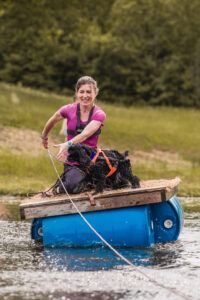
We train all year for a handful of races in the spring and fall. As a rehabilitation-certified registered veterinary technician (RVT) and a certified canine fitness trainer, my priority is always a safe and successful performance. While some teams go for speed and throw caution to the wind, I focus on skill and proper form at each obstacle and across every mile, hoping to have a lifetime of races with my incredible little dog.
Isn’t your dog a little…small?
Sure, but he doesn’t know it. And as a sporting breed, he was built to work all day and tackle tough terrain. Don’t let the cute ears and hair fool you, he’s a gritty little guy.
While these events are dominated by working breeds such as Belgian Malinois, German shepherds, and powerful go-all-day racing dogs like German shorthaired pointers, small dogs can and do participate. Although they need extra support at obstacles like vertical window jumps, those of us with little partners have the advantage on tricky obstacles like the dog carry, a log crossing over water in which participants must carry their dog.
Personally, I enjoy watching and hearing the surprise as my small, non-traditional breed dog overtakes other, often larger, teams on the course—wagging his little tail the whole way.
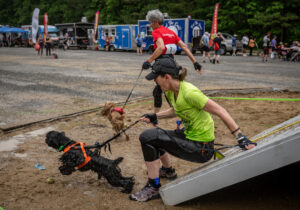
What could possibly be next?
Every season comes with new goals, and for now it’s to tighten up our race times (the human end of the team needs work), grow Luigi’s confidence with dock diving/jumping into the water from a height, and develop reliable passing skills around dogs and people (right now it’s a bit like running behind Richard Simmons 👋👋👋).
More than anything, I know I speak for both of us when I say we just want to keep having fun—and seeing where this muddy, gnarly, steep, slippery, narrow, leg-aching, lung-burning, belly-laughing adventure leads.
See you on the trail!


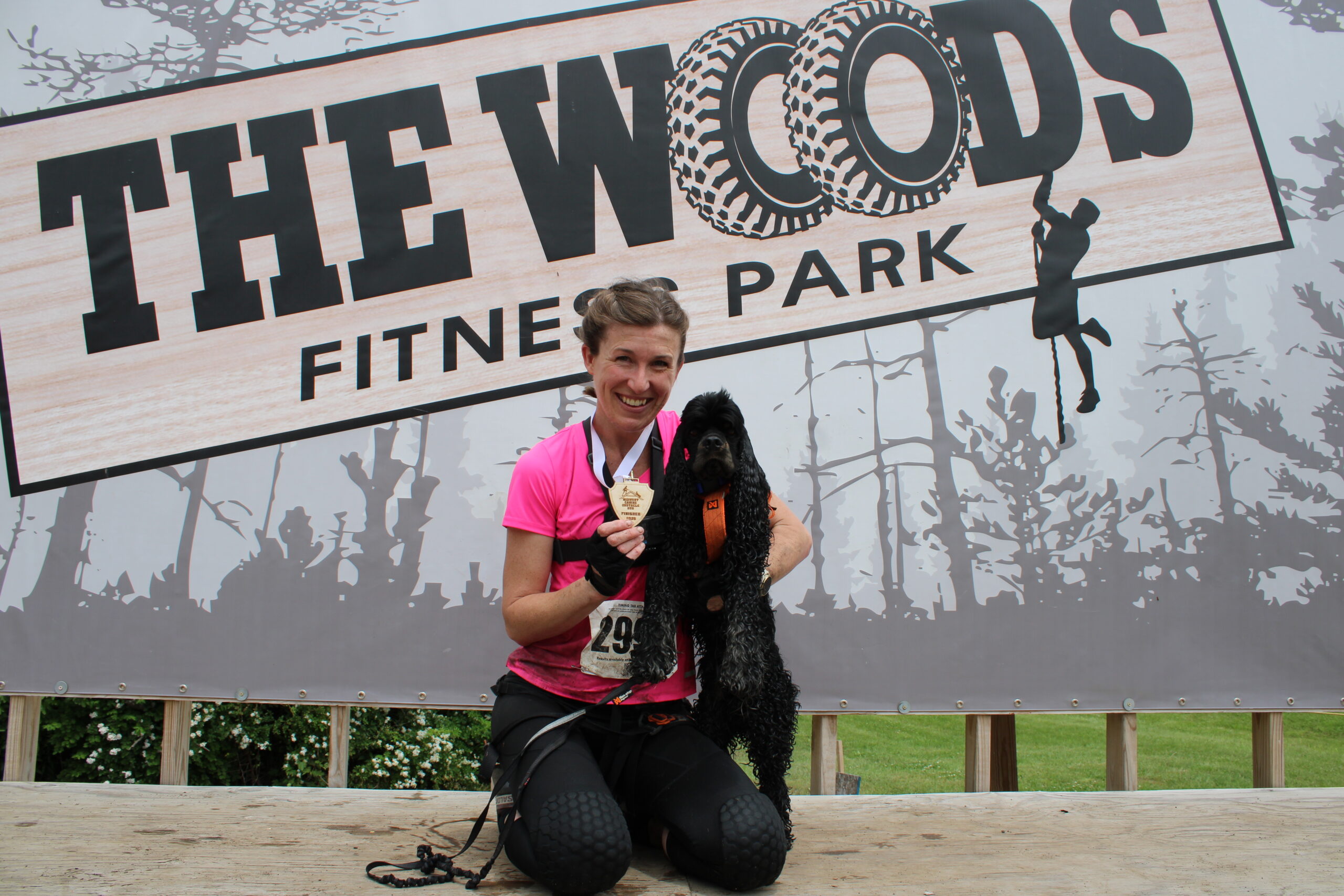



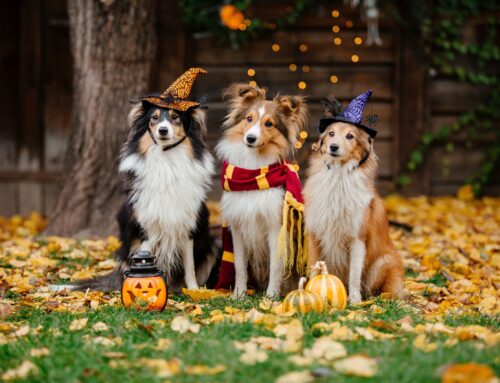

Leave A Comment